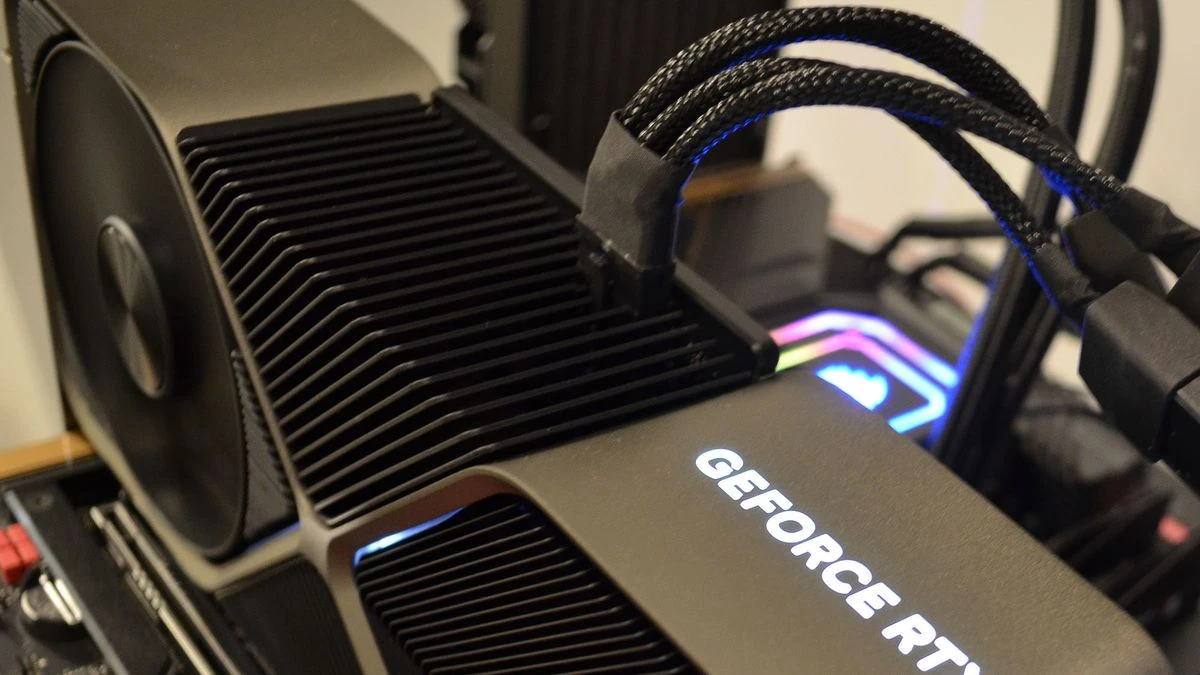In the world of technology, receiving a new gadget is always exciting, but it comes with its fair share of questions and concerns. In this article, we'll address some common misconceptions associated with recent tech gifts. Let's delve into the insights provided in a recent video transcription.
Unveiling the Weighty Matter of Graphics Cards
For gamers, graphics cards are often at the top of the wishlist. However, a concern has surfaced – could a GPU be so heavy that it damages your motherboard? The worry stems from images circulating online of PCI Express slots torn from motherboards due to the weight of graphics cards. Some gamers fear their high-end GPU might collapse before their eyes.
The good news is that motherboard manufacturers are well aware of the weight of modern graphics cards. Slots are designed with card weight in mind. Older horror stories often involved more force than just the card's weight, such as mishandling during insertion or removal. Properly securing the card into the case and avoiding unnecessary force should prevent any issues, even with the heaviest of cards. Some larger cards come with anti-sag brackets, especially useful if you frequently move your system.
High Dynamic Range (HDR) on TVs: Are You Really Getting What You Pay For?
Moving away from graphics cards, the article touches on a hot-ticket item – TVs. Specifically, it discusses High Dynamic Range (HDR), a feature once exclusive to high-end models but now available on budget TVs. The article questions whether buying a discounted model boasting HDR support guarantees a good deal.
HDR enhances image detail, especially in darker and brighter areas, assuming you're watching HDR content. However, for HDR to truly make a difference, the screen must be capable of reaching adequate brightness. Some budget models that technically support HDR may fail to produce a good non-HDR picture in bright rooms. The recommendation is to find a TV with at least 600 nits of brightness for a decent HDR experience. Going below 400 nits might compromise overall picture quality.
Before making a purchase, check the TV's brightness specifications. Don't solely rely on HDR support claims; some cheaper models might not deliver the expected HDR performance.
Headphone Burn-In: Fact or Fiction?
Lastly, the article addresses a common piece of advice for new headphone owners – the notion of burning in headphones for an extended period before enjoying them. Enthusiast forums often recommend playing music, white noise, or frequency sweeps for 40 hours or more to supposedly improve sound quality.
However, independent testing has shown no perceptible difference in sound quality after lengthy burn-in periods. Some argue that any perceived change might be a placebo effect or a phenomenon known as "Brain burn-in." This concept suggests that users, accustomed to the sound of old headphones, might feel a new pair sounds different, attributing it to the need for burn-in.
The takeaway is clear – go ahead and enjoy your headphones as soon as you unbox them. There's no substantial evidence supporting the benefits of extended burn-in, and the joy of instant gratification is worth embracing.
In conclusion, navigating the world of new tech involves dispelling myths and understanding the nuances of each device. Whether it's securing a graphics card, scrutinizing HDR on a TV, or questioning headphone burn-in, being informed ensures you make the most of your latest tech gifts.


No comments yet